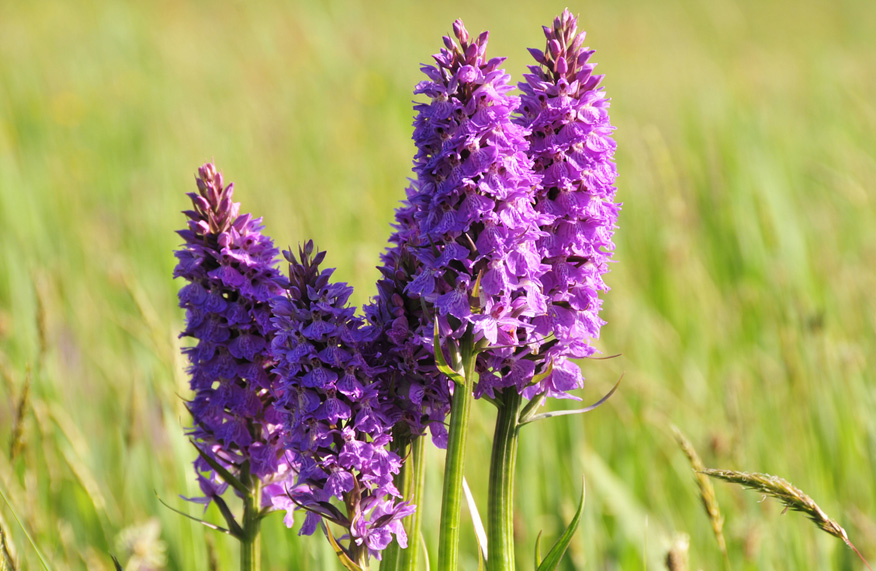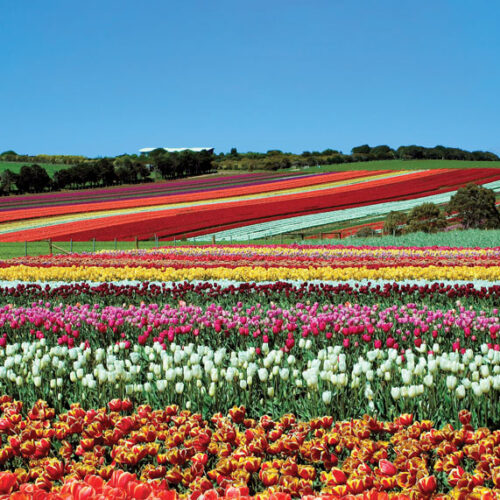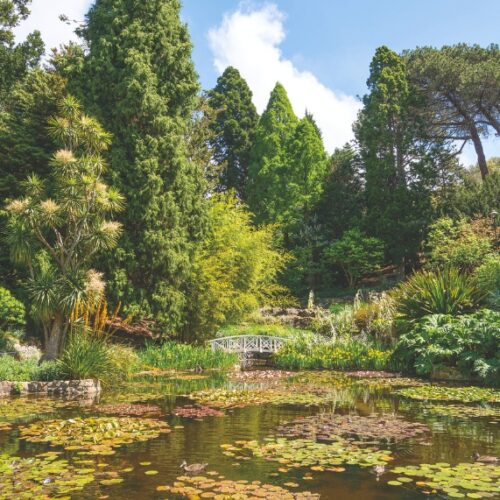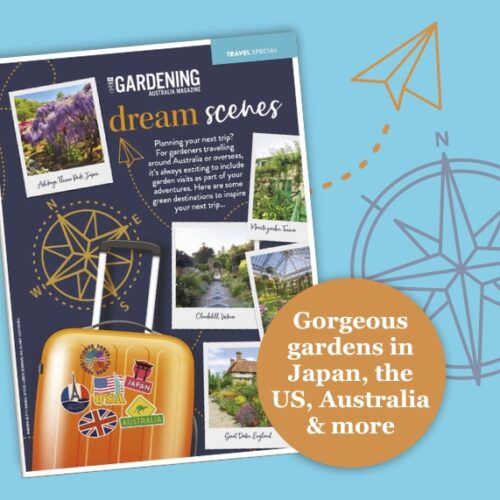The Orchid Fields in Jersey, Channel Islands, British Isles
2024-02-01T16:30:54+11:00
Roaming these pastures in spring, when they become a spectacular sea of wildflowers, is a must-do for orchid lovers.
I’m enjoying the birdsong of warblers while strolling through a wet meadow, admiring the spectacle of 90,000 herbaceous, perennial orchids.
If you like the pastoral outdoors, you’ll love the island of Jersey in late spring to early summer, when hedgerows in small lanes are festooned with wildflowers, and you have the opportunity to see a diversity of wild orchids.
The best place to see the island’s largest display of wild orchids is Le Noir Pré and Clos de Seigneur, which are adjoining wet, marshy meadows in the parish of St Ouen in the north-west. The National Trust for Jersey owns and manages these sites to promote the growth of three orchid species and many hybrids. Each year, during the flowering season in May and June, the trust opens the gate and cuts a walking path that loops through the fields, so people can admire the orchids without trampling them.
Spectacular orchid species in the fields include the Jersey orchid (Anacamptis laxiflora), which has flowers on stems up to 1m tall; the southern marsh orchid (Dactylorhiza praetermissa), which grows to about 70cm high and has flowers with a broad, three-lobed lip; and the pyramidal orchid (Anacamptis pyramidalis), which has pink flowers that have a three-lobed lip and long spur and form a pyramid-shaped flower head on stems up to 30cm high.
The orchids are counted biannually, and since 1995 the number of individual plants has risen from 1500 to 90,000 in 2020. This increase has been encouraged by the National Trust for Jersey’s management of the meadow ecosystem using traditional practices evolved over centuries by local farmers. In August, after the orchids have flowered and dispersed their seeds, the hay in the fields is cut and hand-baled by trust rangers. Then a small herd of Jersey cows is introduced to graze the fields in autumn. The cows retard the growth of grasses, leaving space for the orchids to grow.
These orchids depend on mycorrhizal fungi to help them access soil nutrients. Once paired with the fungi, a germinated seed develops into a tuber, but it’s several years until the orchid has stored enough energy to flower.
Next to the fields is St Ouen’s Pond nature reserve, a wetland habitat where reed warblers and Cetti’s warblers are found. They’re difficult to spot, but you know they’re there because they fill the air with their song. Look up and you might see birds of prey such as marsh harriers.
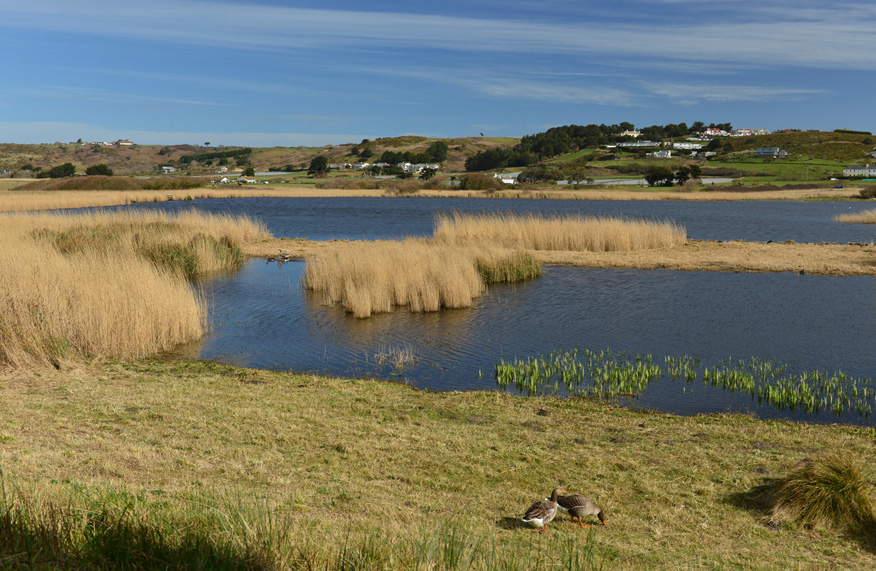
Make sure you venture south of the fields to the sand dunes of Les Blanches Banques to spot the green winged orchid (Anacamptis morio), and the rare lizard orchid (Himantoglossum hircinum) named for the twisted, tongue-like lip on the flower.
Seeing plants in their wild state fills my heart with joy. Not only does it remind me that many of our garden plants are hybrids and improved cultivars of these simple wildflowers, it also encourages me to create more naturalistic plantings in my own garden.
Need to know
Measuring 118km2, the island of Jersey is a British crown dependency off the coast of Normandy, France. The orchid fields are on Le Chemin de L’Ouzière, off La Grande Route des Mielles, at St Ouen’s Bay. You can get to the fields on a Channel Islands garden tour, by hire car, or by bus (catch bus 9 from Liberation Station in St Helier to Dessous Les Hougues, then bus 22 to St Ouen’s Pond). If you wish to cycle to the fields, folding bikes can be taken on buses. Entry to the orchid fields is free.
For more information, visit nationaltrust.je
Header image by iStock

